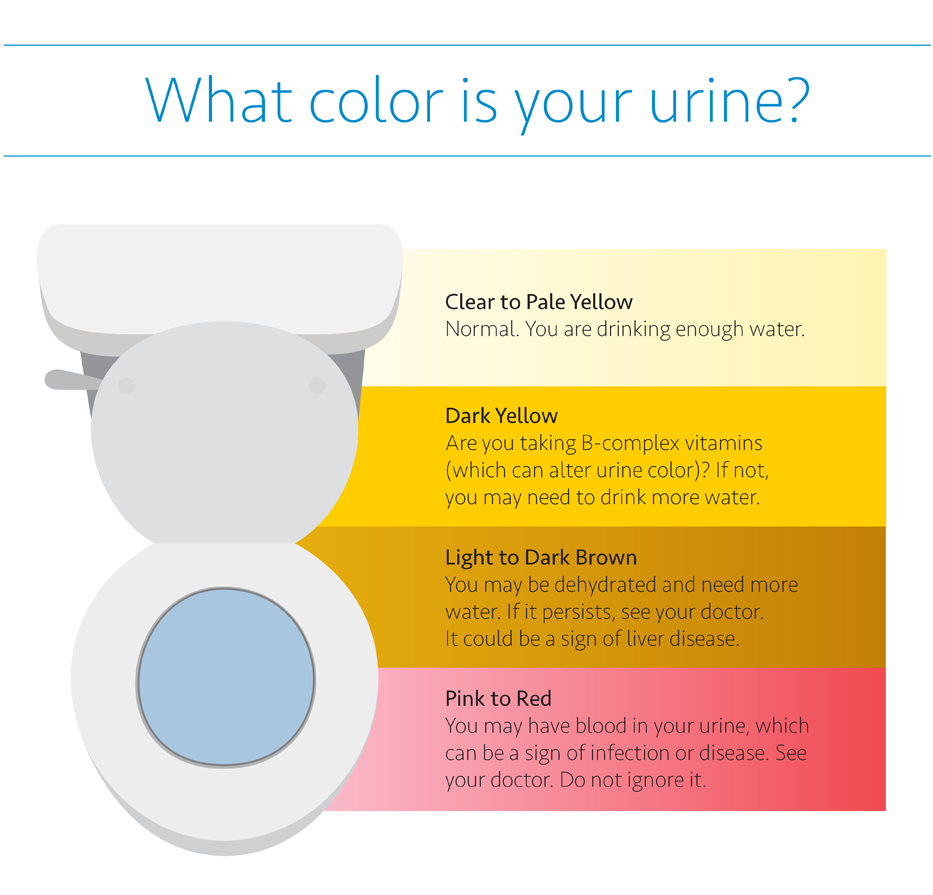Act As If You Are A Medical Doctor Of 50
In summary, urine color can be an indicator of various health conditions and lifestyle factors. Dark yellow urine may indicate dehydration, while dark brown or foamy urine could be a sign of liver disease or the presence of blood. Medications, certain foods, and kidney disease can also cause changes in urine color. It is important to pay attention to your urine color and seek medical advice if it appears abnormal. A normal urine color range is light yellow to amber, while dark amber or honey-colored urine could indicate dehydration. Understanding the changes in urine color can help with diagnosis and prompt treatment for underlying conditions.
Based on the information provided, there are a few possibilities to consider:
-
The dark yellow urine in the morning may indicate dehydration, especially given the reported symptoms of being dehydrated and drinking 96 ounces of water every day. Dehydration can lead to fatigue, cloudy thinking, and dark yellow urine, especially in the morning.
-
The intake of iron supplements and prenatal vitamins, particularly during the last day of the period, may also contribute to the urine color. Iron supplements can sometimes darken the color of urine.
-
The cloudy thinking and fatigue could be related to the overall symptoms of dehydration and anemia, which can result from heavy menstrual bleeding and possibly inadequate iron levels.
Given the situation and symptoms described, it would be advisable for the individual to consult a healthcare professional to discuss these symptoms. A doctor can provide a comprehensive evaluation, including a review of medical history, physical examination, and any necessary laboratory tests to determine the underlying cause of these symptoms and provide appropriate treatment.
Sources


Related Questions
Work fast from anywhere
Stay up to date and move work forward with BrutusAI on macOS/iOS/web & android. Download the app today.
